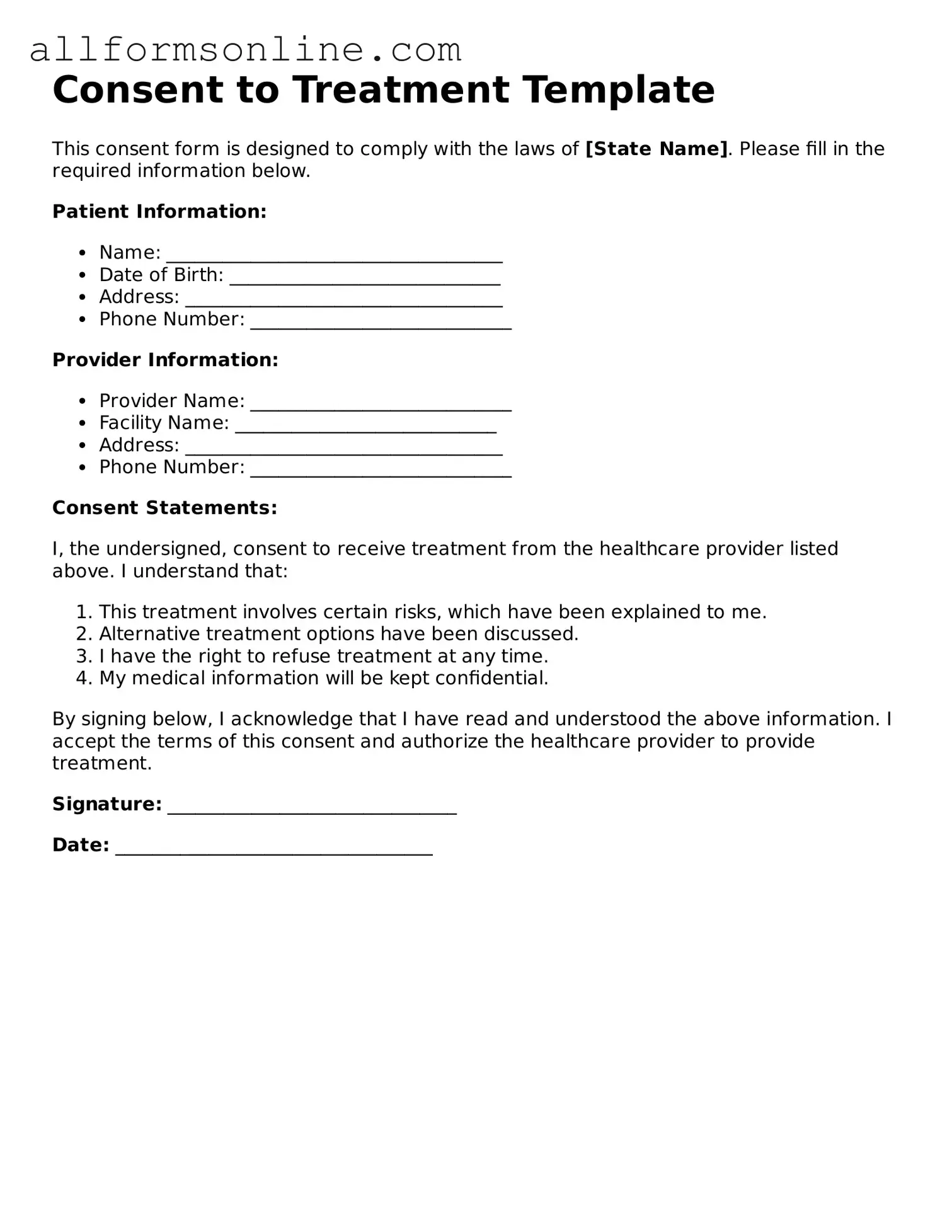What is a consent form?
A consent form is a document that individuals sign to give permission for something to happen. This could involve medical procedures, participation in research, or the use of personal information. The form ensures that individuals are fully informed about what they are agreeing to and understand the implications of their consent.
Why is a consent form important?
Consent forms are crucial because they protect both parties involved. For the individual, it ensures that they are aware of their rights and the potential risks involved. For the organization or practitioner, it provides legal protection and demonstrates that they have obtained permission to proceed with the specified action.
Who needs to sign a consent form?
Typically, anyone participating in a procedure, study, or activity that requires consent must sign a consent form. This includes patients in medical settings, research participants, and individuals whose personal information may be used. If a participant is a minor, a parent or guardian must provide consent on their behalf.
What information is typically included in a consent form?
A consent form usually includes details about the procedure or activity, potential risks and benefits, alternatives to the proposed action, and the rights of the participant. It may also outline how personal information will be used and any confidentiality measures in place.
Can I withdraw my consent after signing the form?
Yes, individuals have the right to withdraw their consent at any time, even after signing the form. It is important to communicate this decision to the relevant party as soon as possible. However, it’s essential to understand any implications of withdrawing consent, especially in ongoing medical treatments or research studies.
Is a verbal agreement sufficient instead of a written consent form?
While verbal agreements may be acceptable in some situations, a written consent form is generally preferred. A written document provides clear evidence of consent and helps avoid misunderstandings. In many legal and medical contexts, a written form is required to ensure compliance with regulations.
What happens if I don’t sign the consent form?
If you choose not to sign a consent form, you may not be able to participate in the activity or receive the service outlined in the form. It is important to discuss any concerns with the provider or organization to understand the implications of not providing consent.
Where can I find a template for a consent form?
Templates for consent forms can often be found online through legal websites, healthcare organizations, or academic institutions. It is advisable to use a template that is relevant to your specific situation and to consult a legal professional if you have any questions about the content or requirements of the form.
